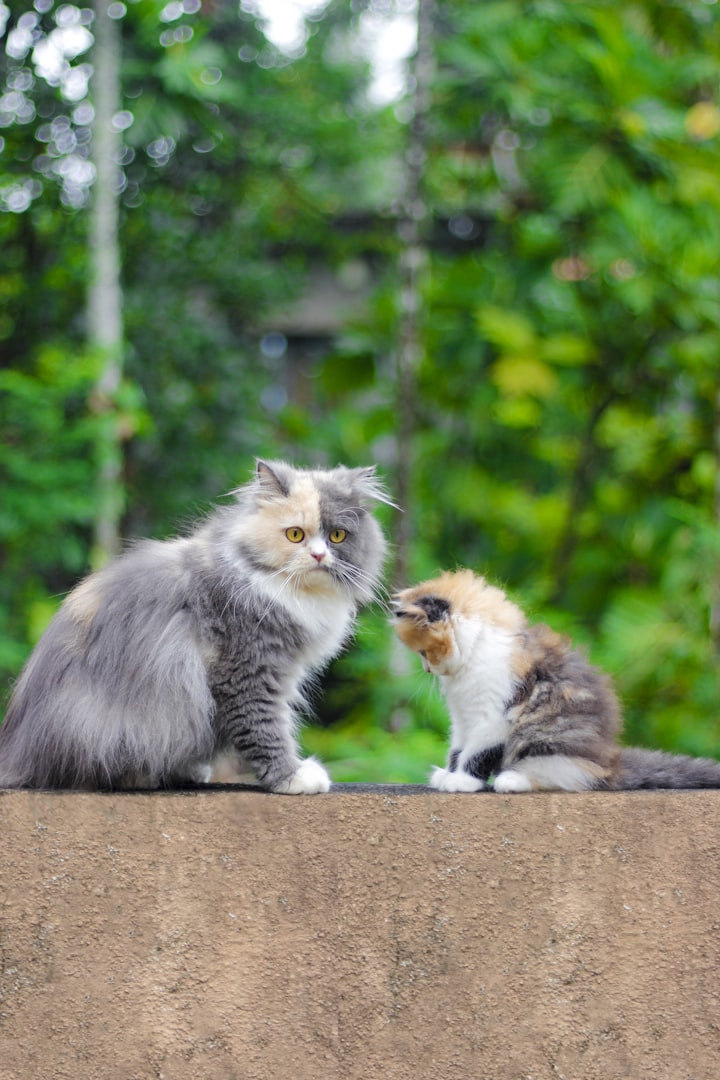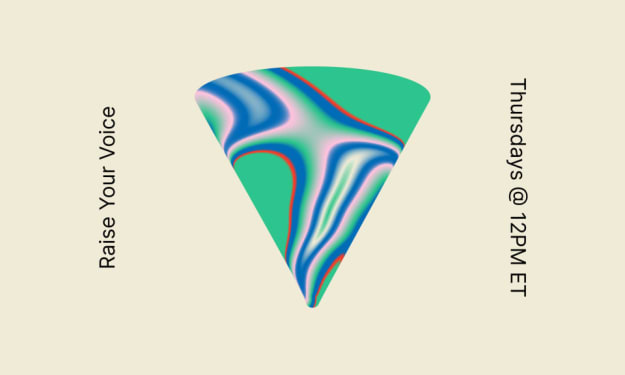Training a Shelter Dog
Doggie Basics at the Animal Shelter

It is important as a volunteer trainer, and a participant of this event, that you become familiar with the basics of where behavior comes from.
Behavior Talk
Dogs that are relinquished to shelters are significantly more likely to have behavior problems than those that are kept in homes. In fact, behavior is the one of the main contributions to an owner surrender. It is important as a volunteer trainer, and a participant of this event, that you become familiar with the basics of where behavior comes from.
Canine behavior stems from Breed and Training. For a shelter dog, majority of a dog’s behavior is stemmed from the history of the dog, what has been reinforced and punished, and what is occurring for the dog now. The history of the dog is where we may find anxious or aggressive cases, we may find physical attributes that influence how a dog reacts, but, for the most part, without proper specifics on where the dog has been we can only assume what the dog has been through. Our next point is what the dog has been rewarded and punished for. Whatever behavior has been rewarded, is likely to happen again. Ever wonder why a dog continues to jump on people, or pulls tightly on the leash every time its walked? The behavior of jumping may be reinforced by laughs and scuffled pets and the leash pulling may be getting reinforced by going somewhere. As we continue, we will find what we should be rewarding the dog for rather than everything we don’t want. Most importantly, as we get the dogs ready for their potential adopters we get to study what is occurring for the dogs now.
All Four on the Floor
All Four on the Floor is something that is pushed to improve shelter dog behavior. What this means is to reward the dog only when all four paws are on the floor. As a volunteer, you are bound to experience a cute, excited dog jumping on the kennel begging to let him out. Every time this happens, think of the dog yelling, “Hey human! Hurry up and let me out!” So we only want to encourage a dog while all four paws are on the floor. Sometimes this takes time, other time you can lure the dog down before releasing him out of his kennel or out the door.
Name Recognition
“Hey Rover! Rover! Rover come now!” We’ve heard it all and we’ve all been there. The tones in our voices get deeper and stronger as Rover continues to ignore us and go on his way. As we may like to think, our dog doesn’t exist to please our desires. And sometimes, even worse, the dog doesn’t know what his name means. In all honesty, “Rover” means come, stop that, get down, listen to me, hello, and much more that our tones can contribute to. Therefore it is important to condition the dog to his name. Start simple. Say the dog's name and give the dog a treat. Repeat step one 10-15 times in different tones, and at different distances and then do it again the next day. The next time you call the dog, he’ll come to his name the same way you see a kid coming to the word chocolate.
- Name → Treat 15x
Sit
To get sit we must first stop shouting the word Sit. Instead, show the behavior first by luring the dog into the sit the way it is shown at the Sit, Walk and Bark Event. Once the dog is getting the lure down, say the word Sit. Remember to say the word once! The more successful Sit’s you have, the more likely the dog will learn what the word means. After that stop the luring and just say the word sit. Reward when the dog sits.
- Lure → Treat 8x
- Lure → Say Sit → Treat 5x
- Say Sit → Treat
Leash Walking
Leash Walking is achieved through SMALL steps. Reward first by rewarding the dog for being next to you a few times. Then take a step and reward. Do this a few times. Then take two steps and reward. For hard leash pullers it is wise to mix this with the hand target step. Sometimes the steps should be divided into different days. Something to remember is to never reinforce the dog for pulling. Walk the other way and keep the leash close for additional control.
- Stand and treat
- Stand → Take Step → Treat 10x
- Stand → Take Two Steps → Treat 10x
- Continue with pattern
Hand Target
Hand Targets are great because it reinforces the word Come and Touch Here. Simply put your hand down and treat when the dog noses your hand. Then move on to creating distance and treating. To add to your walk, you can practice this by walking the other opposite way the dog is heading, putting your hand down and saying “come.” Your dog will soon learn to nose your palm and you will learn to use this as a great tool in your tool box!
- Hand down → Dog noses → Treat 10x
- Hand down at a distance → Dog noses → Treat 10x
- Continue the distance
Leave It
Leave It is a great behavior your dog can exhibit while on a walk. Once a dog learns to leave it on command, you’ll have a much easier walk. To teach this command bring a closed hand down and wait for your dog to leave it. Once your dog starts learning this behavior you can then combine it with the word “Leave it!”
- Closed hand down full of treats → Dog Sniffs, Paws, ect. → Dog Turns → Reward 6x
- Closed hand down full of treats → Dog Sniffs → Say “Leave It” → Dog Turns → Reward 6x
Come
Come is the number one command that is either punished the most or not rewarded at all. To teach come the dog needs to associate the word come with good stuff like treats or pets. For being most effective, repeat this at a distance.
- “Come” → Treat 10x






Comments
There are no comments for this story
Be the first to respond and start the conversation.